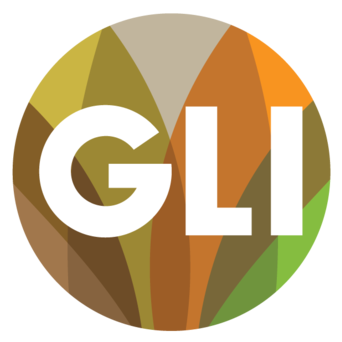Industry in Uganda consumes up to 600 metric tons of plastic waste a day and only about 6% of that waste is collected (Planet Buyback, 2021). Much of that plastic, more specifically Polyethylene Terephthalate (PET) which is the plastic used for plastic bottles, is not properly processed to be recycled nor is there a sufficient buyer market for recycled PET (rPET).
Building a Circular Economy in East Africa: Plastic Bottle Recycling in Uganda
Prepared for the Global Livingston Institute as part of the degree requirements for a Master of Public Policy from the Batten School at the University of Virginia
Executive Summary
The price differential between virgin PET (vPET) and rPET makes it very difficult to create a viable market for rPET and reclaimed PET generally as producers opt to continue to create new virgin PET. Newly created PET is created through a chemical process and its price point is heavily tied to the price of crude oil. As big-name brands continue to produce more PET, more and more plastic ends up within the natural environment leading to public health and environmental concerns.
This report was prepared for a group named the Global Livingston Institute, which was founded in 2009. The institute, also referred to as GLI, is an economic development NGO that operates in Uganda. GLI currently operates a PET buyback center in Kabale, Uganda which is about 250 miles southwest from the capital city of Kampala.
This report is focused on developing a circular economic model for the PET market in Uganda. A circular economic model aims to minimize the introduction of new raw materials and to maximize the reclamation and re-usage of already existing resource inputs. The report also aims to ensure that market is built to be resilient, sustainable, and regional. After introducing and providing detailed insights on the problem and the consequences of uncollected PET, this APP will discuss potential solution areas and offer up 4 alternatives which will be measured against 4 criteria. The 4 alternatives are as follows:
Continue status quo expansion of buyback centers across Uganda: This alternative aims to expand upon the already existing model utilized by GLI through the continued establishment of plastic buyback centers in underserved communities throughout Uganda. These buyback centers provide opportunities for waste pickers to offload plastic from the environment back into the value chain, income opportunities for the community, as well as higher supply for recyclers.
Advocate for a cap and trade regulatory scheme within the East African Community: This alternative would aim to develop a market for vPET allowances for producers. Cap and trade regulatory frameworks leverage competitive market forces to encourage innovation towards more sustainable plastic policies amongst brands. This framework would encompass the entirety of the economic block called the East African Community.
Coordinate investment for an East African bottle to bottle plant: This alternative aims to develop the infrastructure necessary to process postconsumer plastic bottles and prepare that PET for reincorporation into new PET bottles. East Africa does not currently exhibit the infrastructure for this capability yet -however there is a plant in South Africa that has significantly boosted their own recycling rates for PET.
Advocate for stricter extended producer responsibility (EPR) within Uganda: This policy alternative, similarly to alternative 2, advocates for greater government regulation in the production of new vPET. It would advocate for the government of Uganda to introduce a "bottle bill" regulatory system that would largely operate like a tax on producers who continued to produce vPET products.
These alternatives will be objectively evaluated with 4 distinct criteria. The most important criteria for GLI are Effectiveness and Resiliency. The 4 criteria which these alternatives will be measured with are below:
Cost for GLI and its partner organizations
Effectiveness
Ease of Implementation
Resiliency
After analysis and estimation of all 4 alternatives against all 4 criteria, I recommend that GLI pursue Alternative 3 which is to coordinate investment for an East African bottle to bottle plant largely modeled after a plant which is successfully transforming the PET recycling sector in South Africa. It scores a the highest amongst all four alternatives within criteria 2, effectiveness, and criteria 4, resiliency. In terms of effectiveness, it is expected that this alternative could boost raw recycling of PET by as much as 10,000 tonnes at the start and up to 50,000 tonnes in the near future. This alternative also scores very high within the resiliency criteria as it provides the policy alternative that is most insulated from outside market forces or sways in the global market policies on plastics trade. GLI's role in implementing this policy alternative would largely be through the creation of a forum of stakeholders and to really sell East Africa as the next preferred location for investment in a plant modeled after PETCO South Africa. GLI occupies an excellent opportunity as a liaison between informal waste pickers, brand owners, and the recycling industry as a whole. This alternative is expected to jumpstart investment into a regional plant which will accelerate PET recycling within the region and hopefully elevate East Africa as a global leader in recycling.


